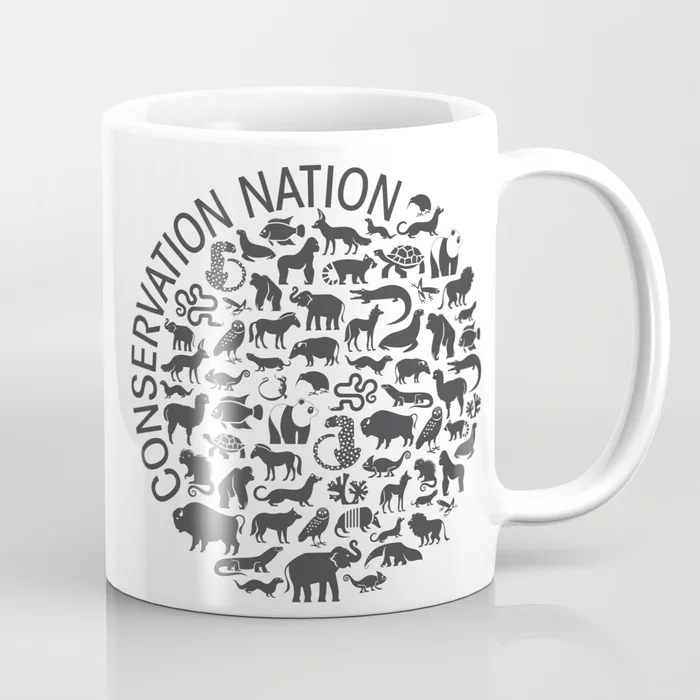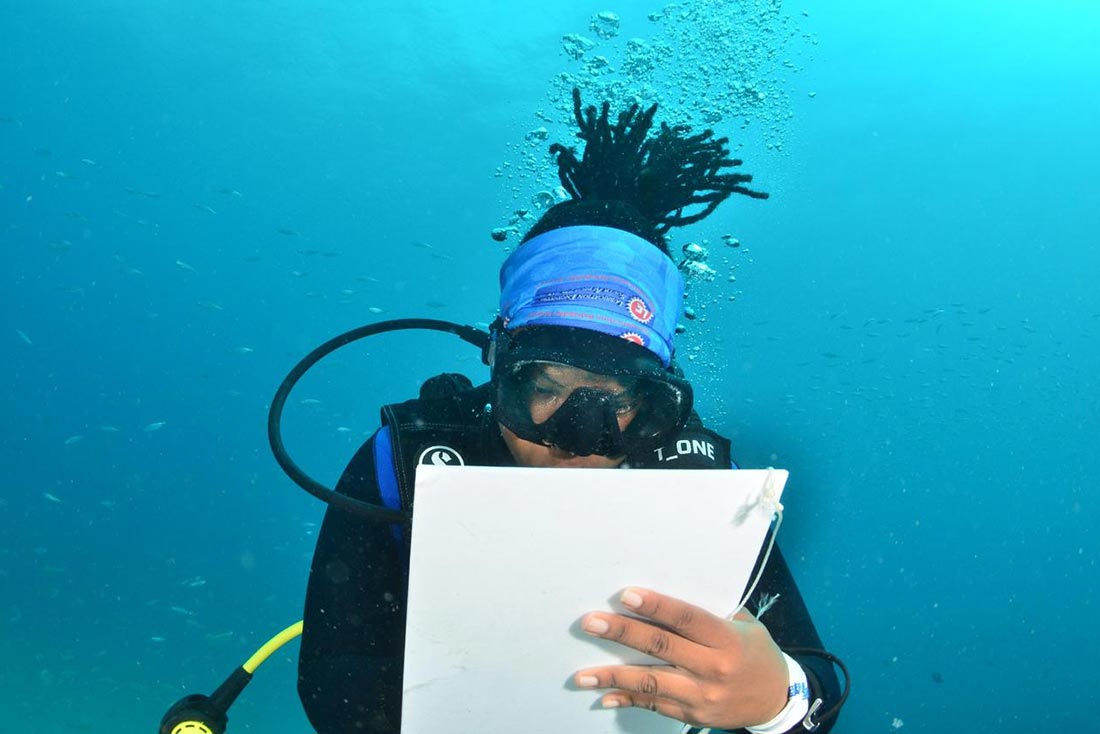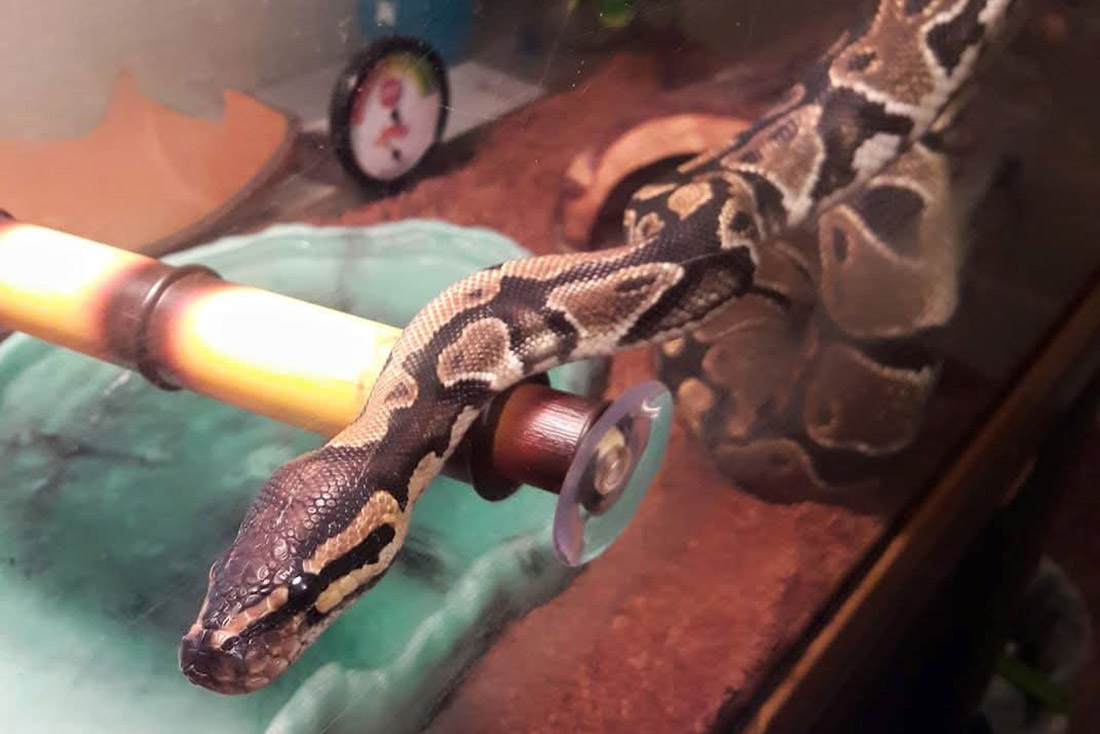
Tracking
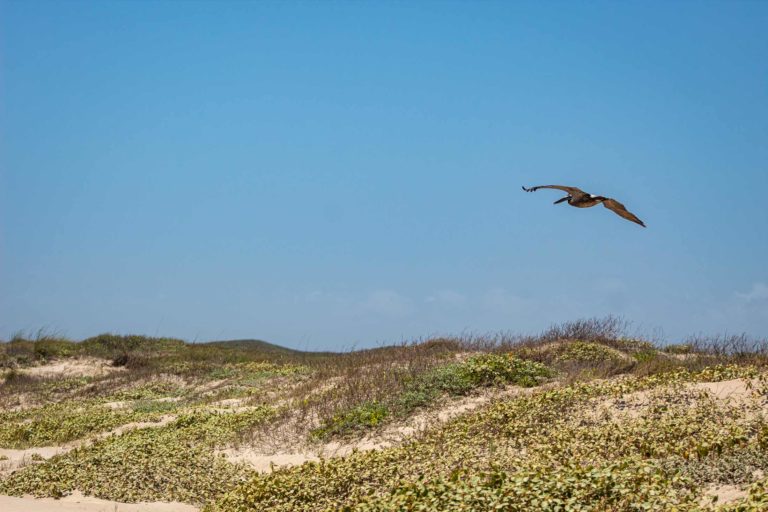
On the Right Track
Eight of Conservation Nation’s wildlife projects have included the purchase of high-tech tracking equipment. And that’s just us. Trackers are everywhere—being used in studies on
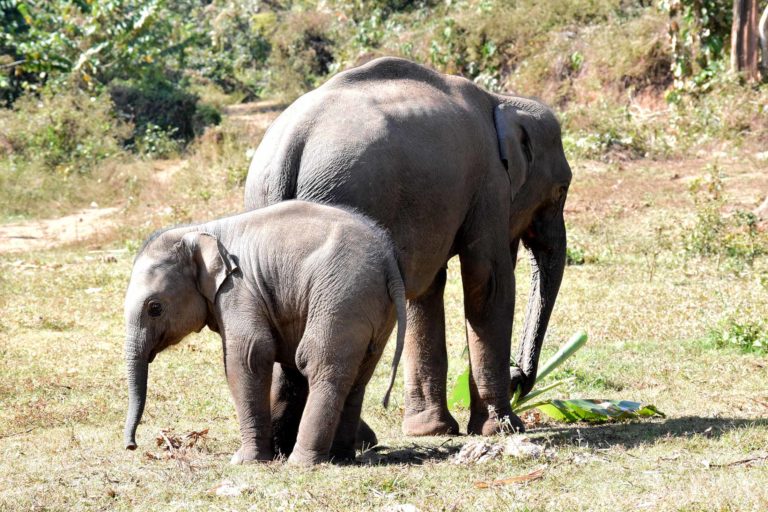
To Boldly Go Where Pachyderm Conservation Has Never Gone Before
Crows memorize human faces. Orcas express mourning. And that cockroach that skittered across your kitchen counter the other day? According to researchers in Belgium, that little
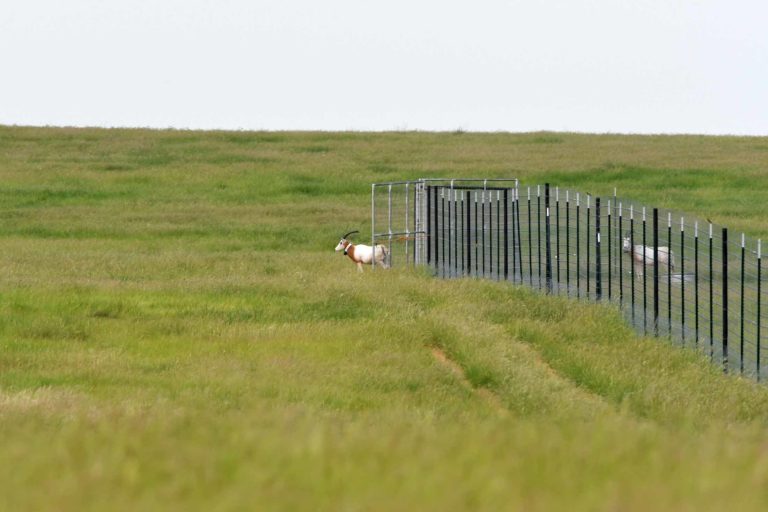
A Good Problem to Have
Four years ago, scimitar-horned oryx were reintroduced to Chad. This was 30 years after the elegant two-horned animal was declared extinct in the wild. But
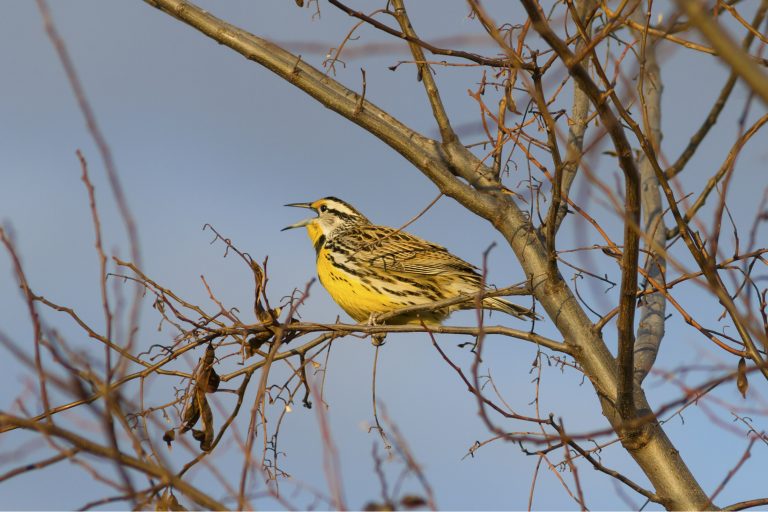
A Flock in Trouble
Dinosaurs are vanishing again. Except this time, they’re disappearing in the form of modern birds. According to a paper published in Science and co-authored by researchers from the Smithsonian Migratory Bird Center, 2.9 billion birds have been lost in Canada and the United States—a 29 percent decline—since 1970.

Red Siskin Initiative Soars to New Heights
After receiving Conservation Nation support to launch key aspects of their project, the Red Siskin Initiative (RSI) was just awarded a $250,000 grant from the
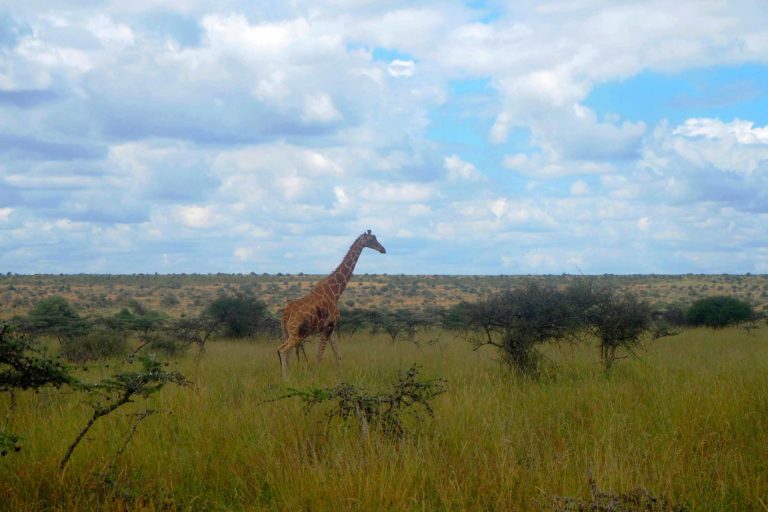
Solar Trackers Shed Light on Giraffe Struggles
In 2017, scientists tagged 11 reticulated giraffes with high-tech, solar-powered, satellite transmitters. Just months later, the information gathered revealed a sobering reality—four of the animals

To Track a Tapir
The dry forests and savannahs of the Paraguayan Chaco encompass a large swathe of South America. Like the Amazon, this area is home to a complex and diverse

First Set of Meadowlarks Take Flight
Conservation Nation purchased tiny high-tech GPS tracking devices to outfit eastern meadowlarks in order to help Smithsonian researchers know the path of a depleting population of songbirds as they migrate up and down the East Coast.
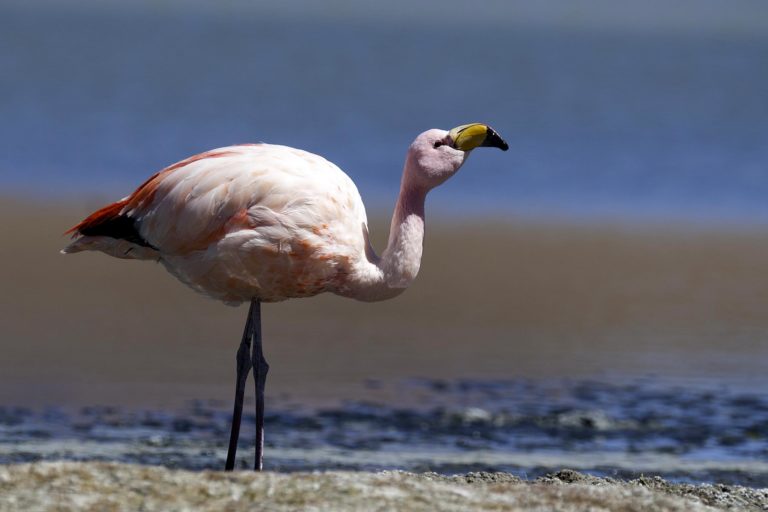
Flamingo Expedition Set for August
There’s no doubt about it—Andean flamingos are charismatic. They perform a hilarious ballet-like dance in flocks (watch the video below—it’s worth it), and, of course,
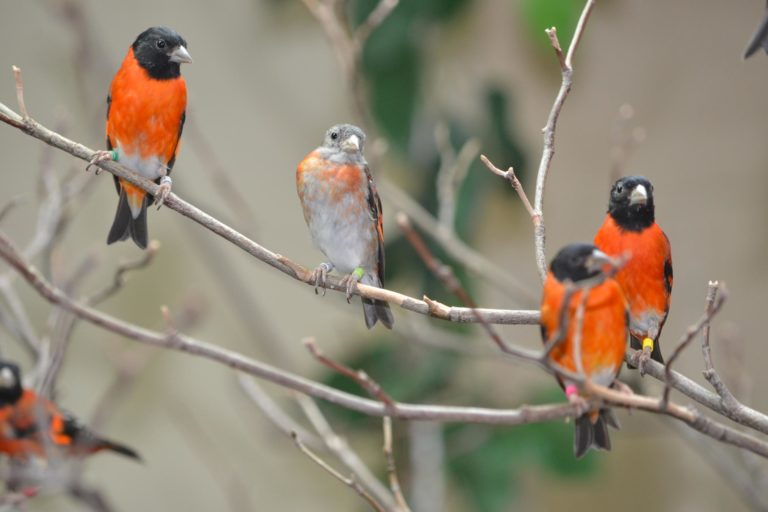
Protecting a Symbol
The dedicated folks at the Red Siskin Initiative are unflappable. With Conservation Nation’s support, the initiative has focused its energies on commencing daily conservation activities
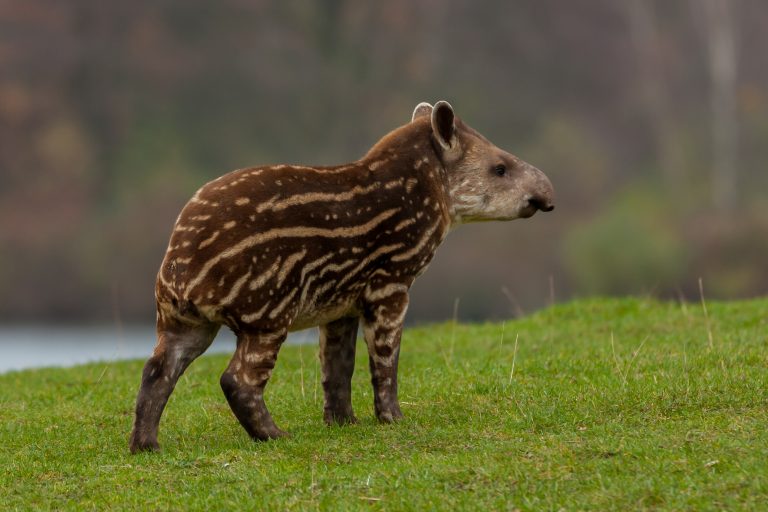
Protect the Vulnerable Lowland Tapir
The Lowland tapir is critical to the biodiversity of the Paraguayan Chaco’s rich ecosystem. But because of habitat loss and poaching, this species’ numbers are
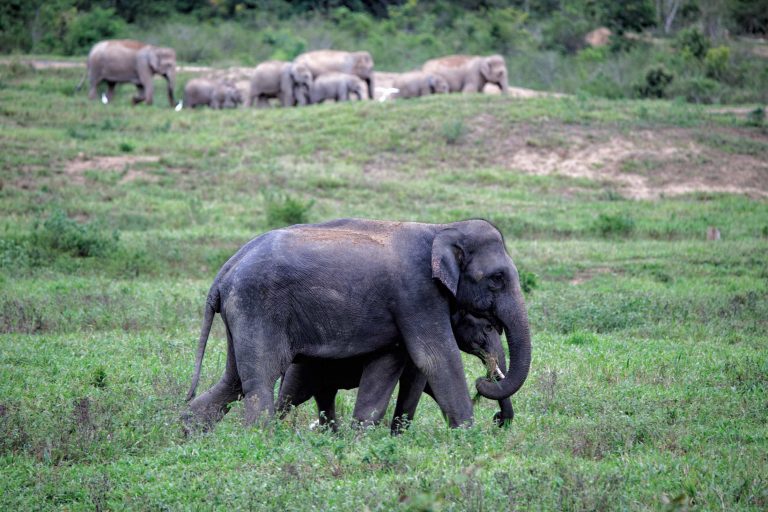
Track and Test Asian Elephants
Elephants out of a job? It might sound like a joke, but for critically endangered Asian elephants trained to work in logging camps, unemployment is
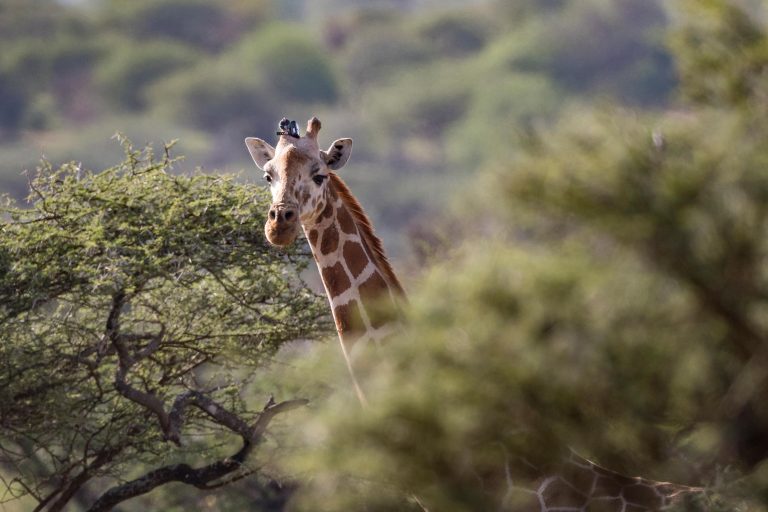
Tracking Giraffes in Kenya
You would think the world’s tallest land mammal would be easy to study, but very little is known about Kenya’s reticulated giraffe population. Scientists believe
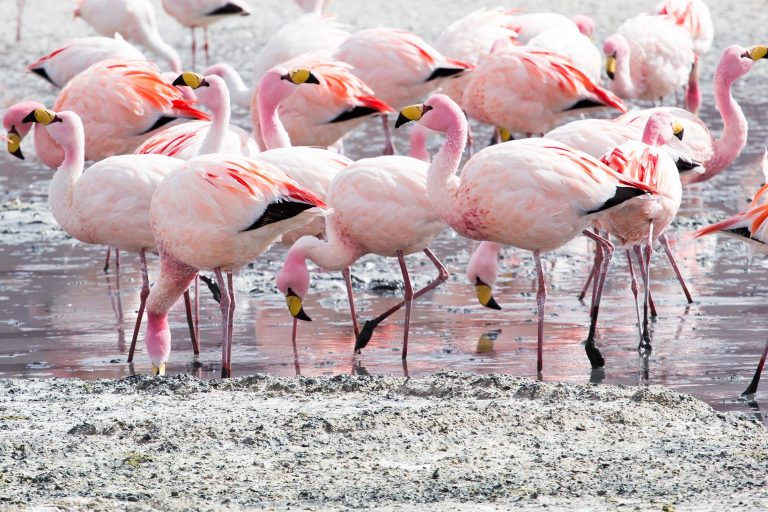
Tracking Vulnerable Andean Flamingos
The Andean flamingo—listed as vulnerable on the IUCN Red List of Threatened Species—is native to the Andes Mountains, and is among the rarest flamingo species
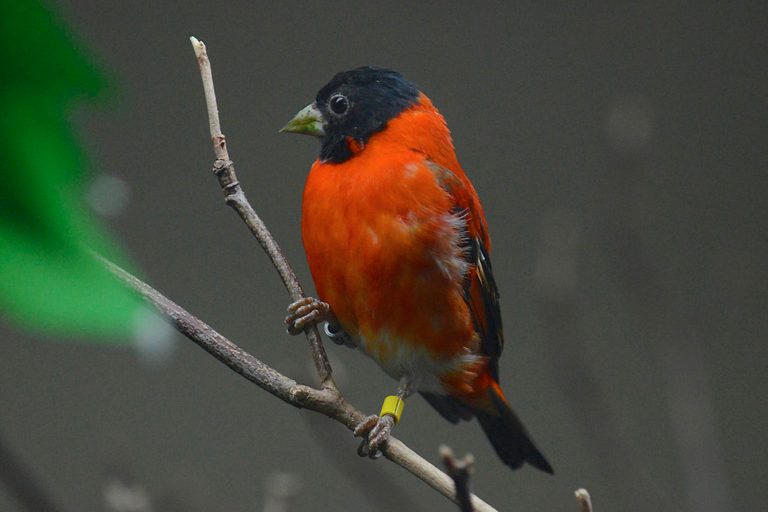
Saving an Endangered Bird
The red siskin is one of Venezuela’s most iconic birds, but the illegal pet trade and habitat loss have nearly guaranteed its extinction. Several ways

Restoring Central America’s Frog Population
Central America’s Harlequin frog population was pushed to the brink of extinction by the amphibian chytrid fungus disease. There is hope after the “soft release”
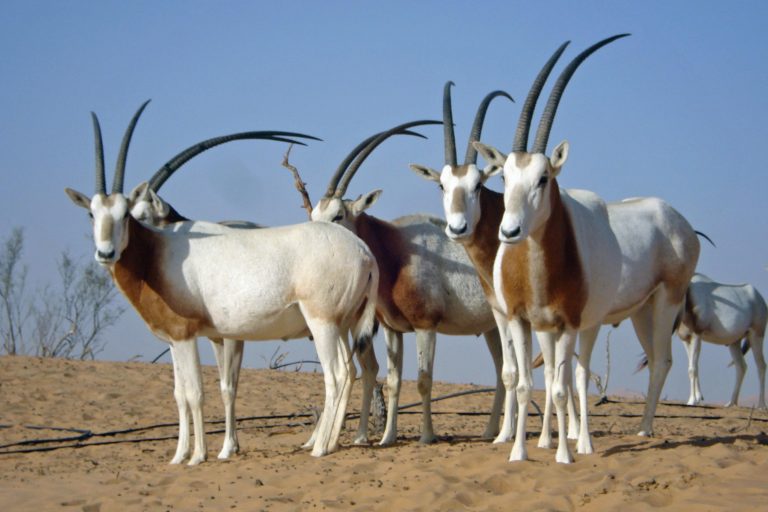
Monitoring Once-extinct Oryx
Since 1985 the scimitar-horned oryx has been extinct in the wild. In 2016, 23 oryx grazed on their native soil in the African country of Chad for
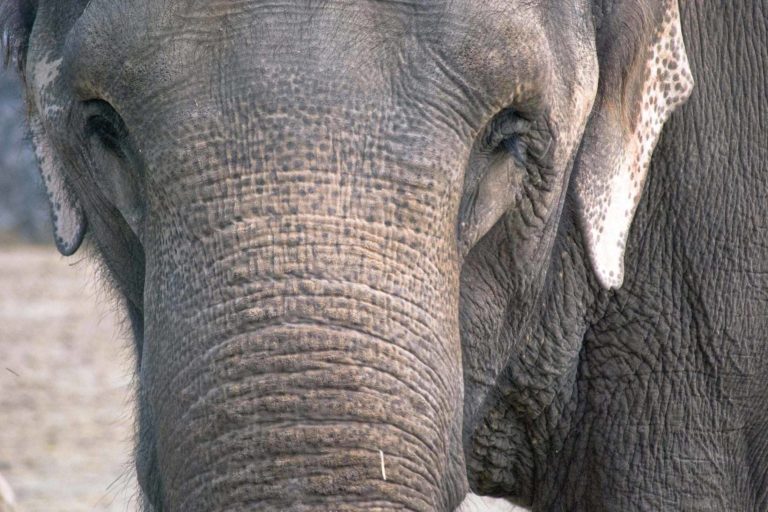
Tracking Asian Elephants to Save Them
Fewer than 1,850 wild Asian elephants remain in Myanmar. Habitat loss, conflicts with farmers, illegal capture, and poaching have caused Asian elephant populations to fall




